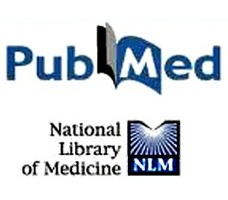 Circulating endocannabinoids in insulin sensitive vs. Insulin resistant obese postmenopausal women. A MONET group study.
Circulating endocannabinoids in insulin sensitive vs. Insulin resistant obese postmenopausal women. A MONET group study.
Abdulnour J, Yasari S, Rabasa-Lhoret R, Faraj M, Petrosino S, Piscitelli F, Prud’homme D, Di Marzo V.
Source
School of Human Kinetics, Faculty of Health Science, University of Ottawa, Ottawa, ON, Canada; Behavioural and Metabolic Research Unit, University of Ottawa, Ottawa, ON, Canada.
Abstract
Objective: To measure the circulating levels of endocannabinoids and related molecules at fasting, after acute hyperinsulinemia and after weight loss in insulin sensitive vs. insulin resistant obese postmenopausal women. Design and Methods: The sample consisted of 30 obese postmenopausal women (age: 58.9±5.2 yrs; BMI: 32.9±3.6 kg/m2 ). Subjects underwent a 3-hour hyperinsulinaemic-euglycaemic clamp (HEC) (glucose disposal rate (M-value): 10.7±3.3 mg/min/kg FFM) and 6-month weight loss intervention. Participants were classified as insulin sensitive obese (ISO) or insulin resistant obese (IRO) based on a pre-defined cut-off. Plasma levels of the endocannabinoids, anandamide (AEA), 2-arachidonoylglycerol (2-AG), and of the AEA-related compounds, palmitoylethanolamide (PEA) and oleoylethanolamide (OEA), were measured by liquid chromatography-mass spectrometry. Results: IRO presented higher levels of 2-AG (P<0.05) independently of the HEC and weight loss, whereas the HEC had an independent inhibitory effect on AEA, PEA and OEA levels (P<0.05) in both groups. Furthermore, there was an independent stimulatory effect of weight loss only on PEA levels in both groups (P<0.05). Conclusions: This study is the first to show that higher circulating levels of the endocannabinoid 2-AG are found in IRO compared to ISO postmenopausal women, and that weight loss is associated with an increase in PEA, a PPAR-α ligand.
Copyright © 2013 The Obesity Society.
Copyright © 2013 The Obesity Society.

